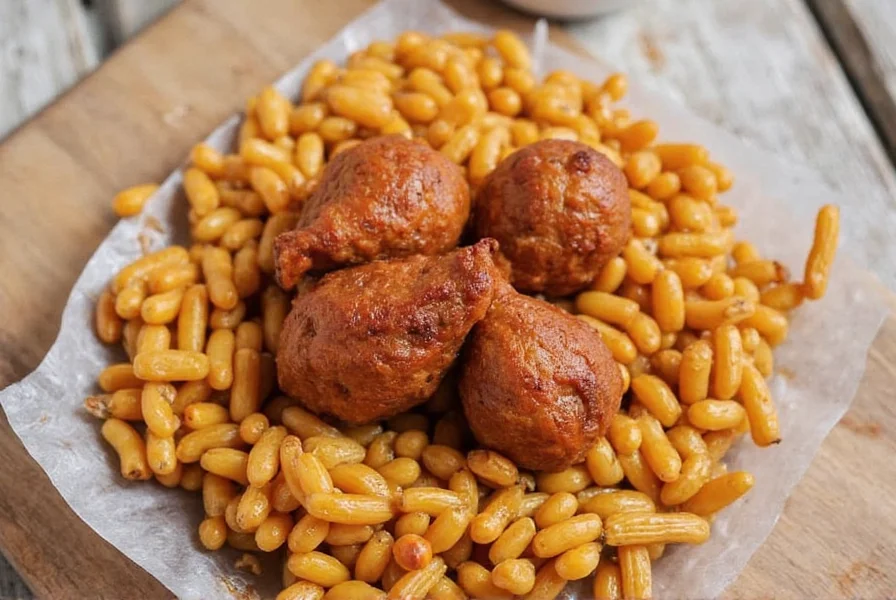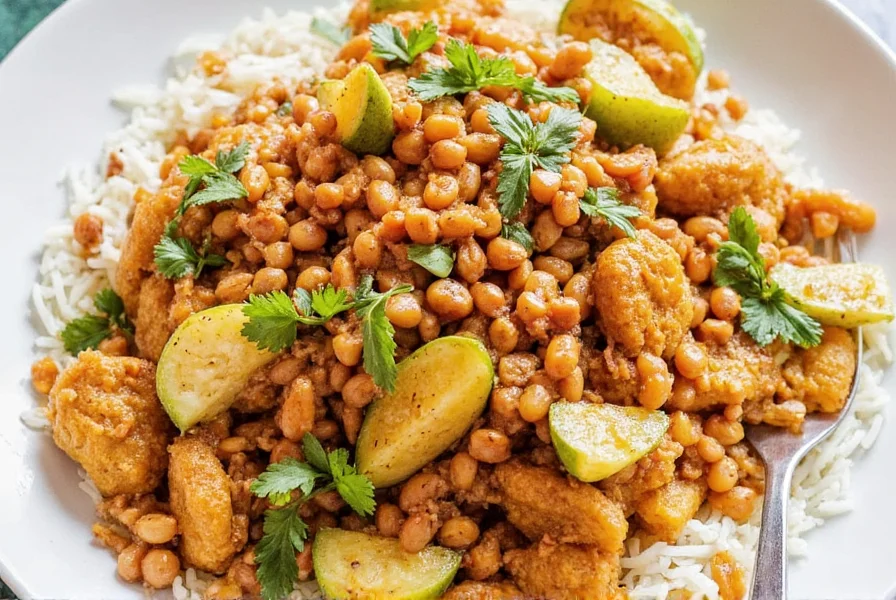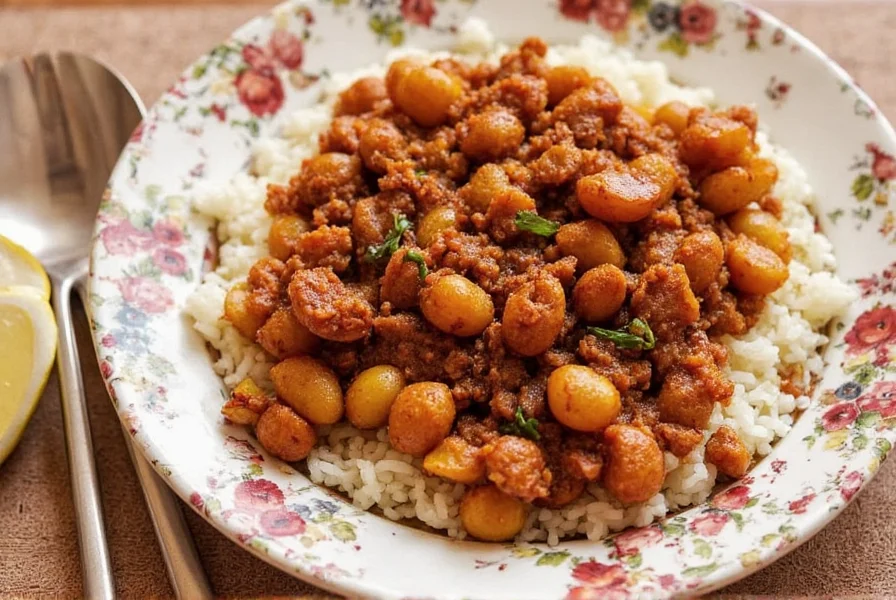Allspice isn't a blend but a unique berry harvested from the Pimenta dioica tree, primarily grown in Jamaica. Its name comes from the flavor profile that combines elements of multiple spices, making it indispensable in Caribbean, Middle Eastern, and Scandinavian cuisines. When properly used, allspice enhances depth without dominating other flavors—a delicate balance many home cooks struggle to achieve.
The Science Behind Allspice's Magic
Allspice contains eugenol (also found in cloves), which provides warmth, and caryophyllene (present in black pepper), contributing subtle heat. This chemical composition explains why it works exceptionally well in both sweet and savory applications. Unlike pre-ground spices that lose potency within months, whole allspice berries retain their aromatic compounds for up to two years when stored properly.
Mastering Allspice Measurements
One common mistake is using too much allspice. Its concentrated flavor can easily overwhelm a dish. Follow these professional guidelines for perfect seasoning:
| Dish Type | Whole Berries | Ground Allspice | When to Add |
|---|---|---|---|
| Stews & Braises | 3-4 berries | ¼ tsp per 4 servings | Early in cooking |
| Cookie Dough | N/A | ⅛ tsp per dozen cookies | With dry ingredients |
| Rice Pilaf | 2 berries | ⅛ tsp per cup of rice | With cooking liquid |
| Pumpkin Pie | N/A | ⅛ tsp per pie | With other spices |
Authentic Allspice Recipes Worth Mastering
Jamaican Brown Stew Chicken
This traditional preparation showcases allspice's savory potential. Start by toasting 4 whole allspice berries with 2 dried chilies in a dry skillet for 2 minutes until fragrant. Remove the berries before adding chicken pieces. The toasted berries infuse the oil with complex warmth that penetrates the meat during the slow simmer. Many authentic recipes call for leaving one whole berry in each serving portion—a practice dating back to Jamaican kitchen traditions.
German Lebkuchen (Honey Cake)
While many assume lebkuchen relies solely on ginger and cloves, authentic recipes feature allspice as the secret ingredient that ties the spice profile together. Use freshly ground allspice (⅛ teaspoon per cup of flour) added to the wet ingredients. The honey's acidity activates allspice's aromatic compounds, creating a more rounded flavor than pre-mixed "pumpkin spice" alternatives.
Middle Eastern Kibbeh with Allspice
In Levantine cuisine, allspice isn't optional—it's essential. Traditional kibbeh (spiced meat and bulgur shells) requires precisely ½ teaspoon ground allspice per pound of meat. The spice's eugenol content complements the lamb's natural fats while cutting through richness. For best results, mix ground allspice with meat 2 hours before shaping to allow flavor penetration.
Preserving Allspice's Delicate Flavor
Store whole allspice berries in an airtight container away from light and heat. Properly stored, they maintain peak flavor for 24 months. Ground allspice loses potency within 6 months, so buy small quantities and grind berries as needed using a dedicated spice grinder. Never substitute pre-mixed pumpkin pie spice for allspice in authentic recipes—the additional ingredients alter the intended flavor balance.
When You Need an Allspice Substitute
If you've run out of allspice, combine ½ teaspoon ground cinnamon, ¼ teaspoon ground cloves, and ¼ teaspoon ground nutmeg for every 1 teaspoon of allspice required. This approximation works best in baked goods but falls short in savory applications where allspice's unique peppery notes are essential. For Jamaican jerk recipes, no substitute adequately replicates allspice's distinctive character.
Common Questions About Allspice Recipes
Many home cooks struggle with allspice's potency and proper applications. These frequently asked questions address the most common challenges when incorporating this versatile spice into your cooking repertoire.
Can I use allspice in coffee or hot chocolate?
Yes, but use extreme caution—¼ teaspoon of whole berries simmered with milk creates a subtle warmth in hot chocolate. For coffee, add just one cracked berry to your grounds before brewing. Overuse creates bitterness that overwhelms coffee's delicate notes.
Why does my allspice cake taste bitter?
Bitterness typically comes from using too much allspice or old, degraded spice. Never exceed ⅛ teaspoon per cup of flour in baked goods. Also check your allspice's freshness—stale allspice develops bitter compounds. Properly stored whole berries should smell sweet and warm, not musty.
What's the difference between Jamaican and Mexican allspice?
Jamaican allspice comes from Pimenta dioica berries grown in Jamaica's unique terroir, producing a more complex, floral profile. Mexican "allspice" often refers to a different berry (Pimenta racemosa) with sharper, more medicinal notes. For authentic Jamaican recipes, only true Pimenta dioica works.
How do I grind allspice berries without a spice grinder?
Place berries between two clean kitchen towels and roll firmly with a wine bottle or use a mortar and pestle. For small quantities, crush individual berries with the flat side of a chef's knife. Always grind just before use—pre-ground allspice loses 70% of its volatile oils within 15 minutes.
Which fruits pair best with allspice in desserts?
Apples, pears, and stone fruits (peaches, plums) complement allspice's warm notes. Try adding ⅛ teaspoon ground allspice to apple pie filling along with lemon zest—the acidity brightens allspice's complexity. Avoid pairing with citrus-heavy desserts where allspice's warmth clashes with bright acidity.


Exploring allspice recipes reveals why this single spice has remained essential across global cuisines for centuries. Its unique ability to bridge sweet and savory applications makes it one of the most versatile ingredients in a well-stocked pantry. By understanding proper measurements and storage techniques, you can consistently create dishes with the balanced warmth that defines authentic allspice-forward cooking.











 浙公网安备
33010002000092号
浙公网安备
33010002000092号 浙B2-20120091-4
浙B2-20120091-4